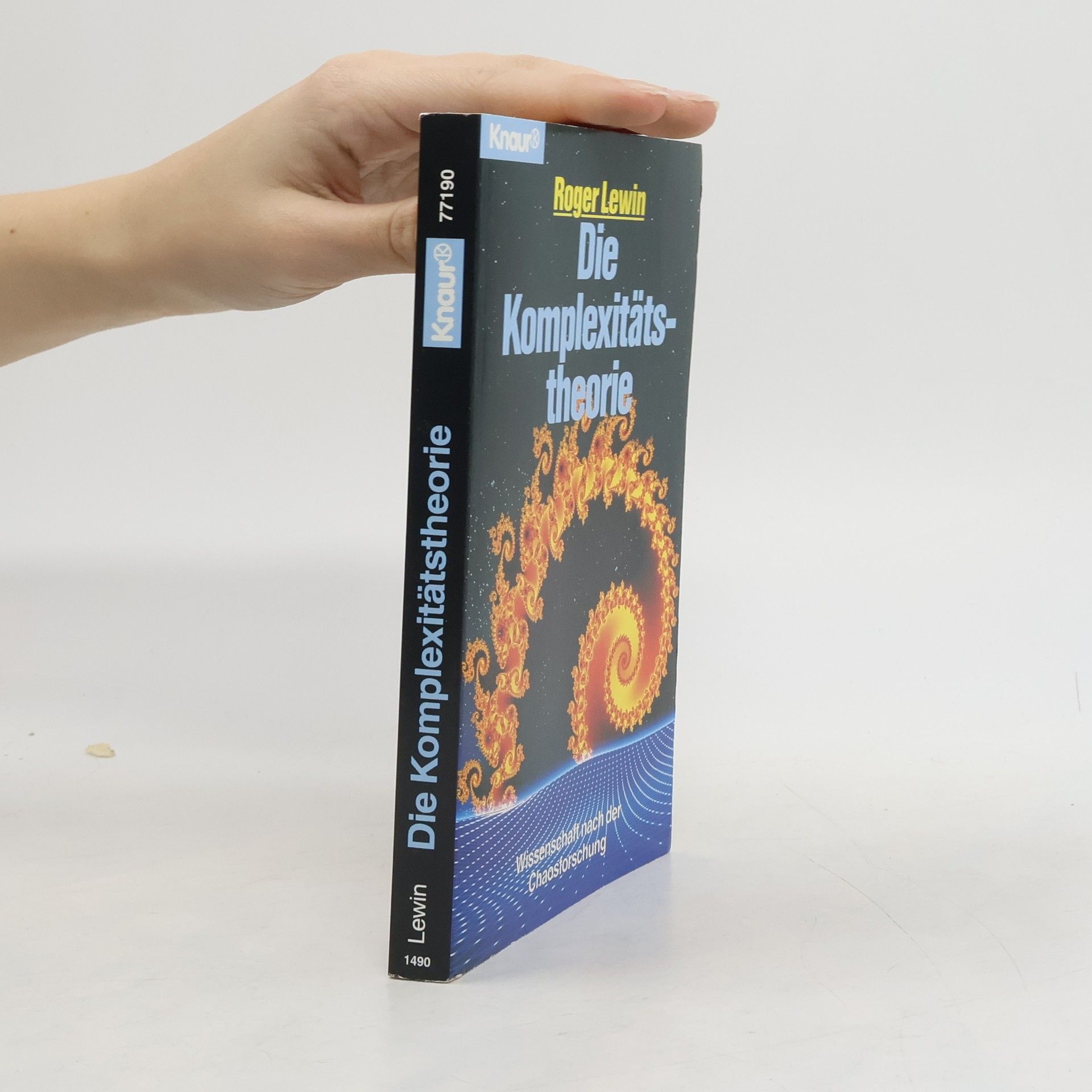The brief length and focused coverage of Human An Illustrated Introduction have made this best-selling textbook the ideal complement to any biology or anthropology course in which human evolution is taught. The text places human evolution in the context of humans as animals, while also showing the physical context of human evolution, including climate change and the impact of extinctions. Chapter introductions, numerous drawings and photographs, and an essential glossary all add to the accessibility of this text.The fifth edition has been thoroughly updated to include coverage of the latest discoveries and perspectives, · New early hominid fossils from Africa and Georgia, and their implications· New archaeological evidence from Africa on the origin of modern humans· Updated coverage of prehistoric art, including new sites· New perspectives on molecular evidence and their implications for human population history. An Instructor manual CD-ROM for this title is available. Please contact our Higher Education team at for more information.
Roger Lewin Book order
This author delves into the complexities of life and evolutionary patterns from a molecular perspective. Their work frequently explores the principles and dynamics that govern biological systems and their behavior at the edge of chaos. Readers will appreciate their ability to translate intricate scientific concepts into accessible and engaging narratives.
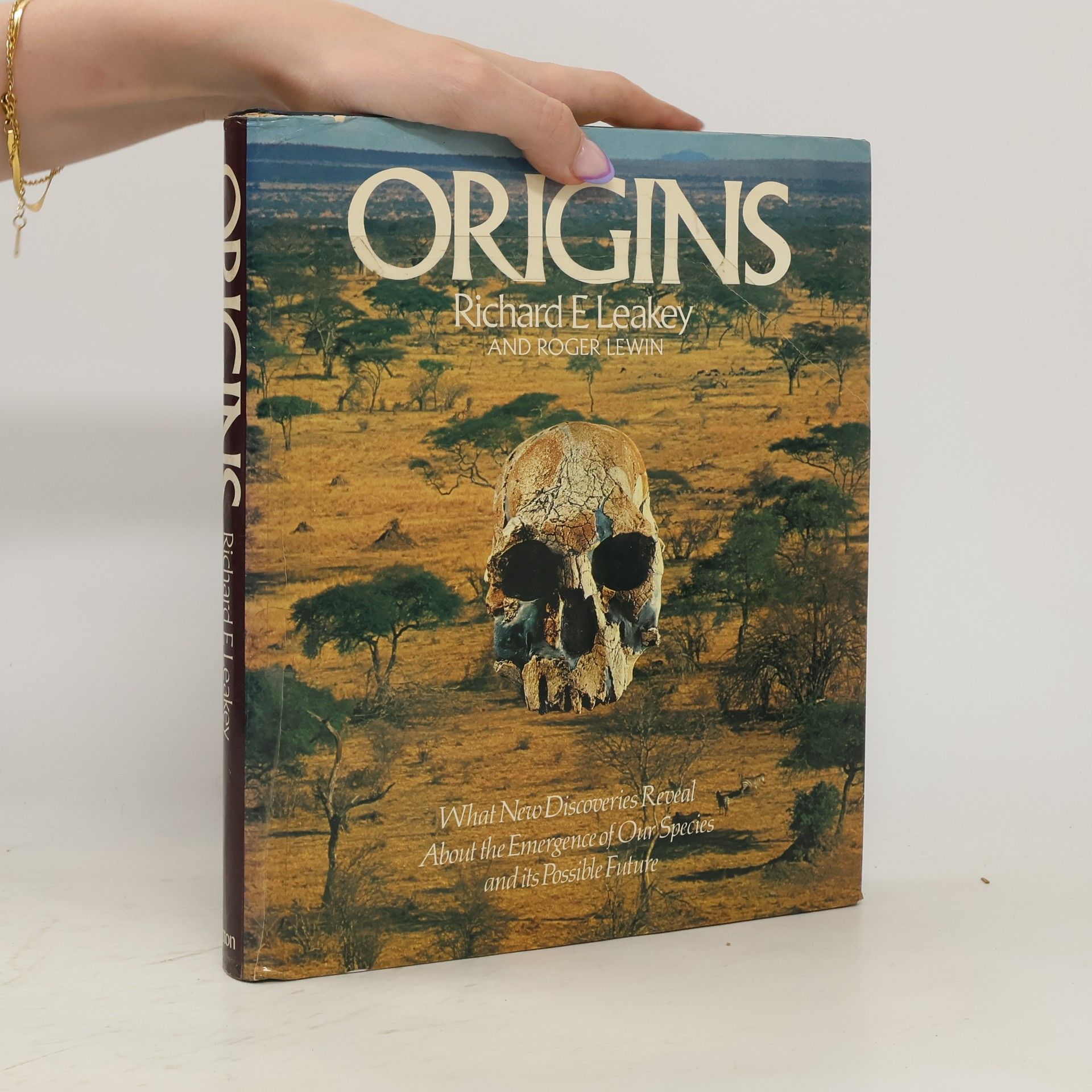
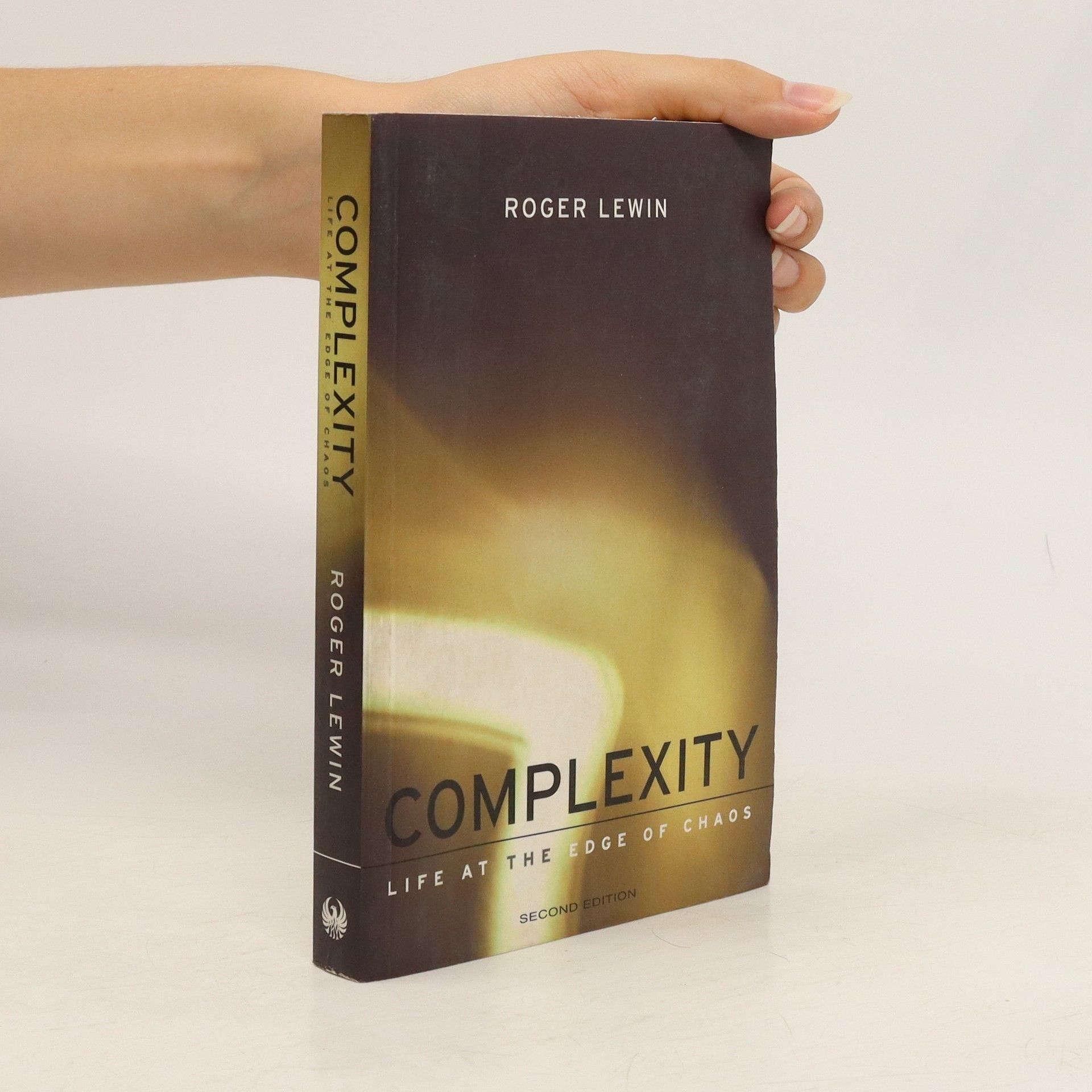
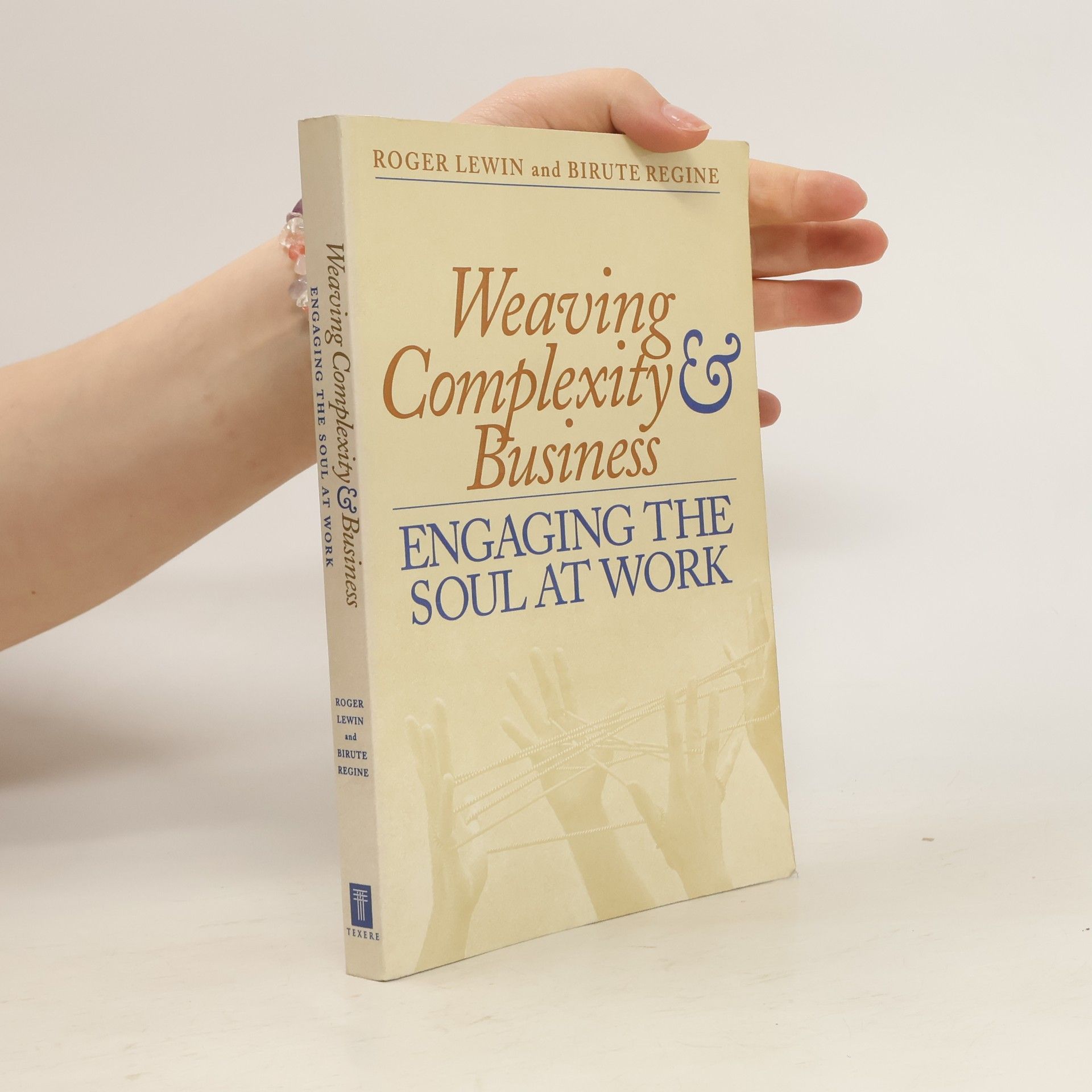
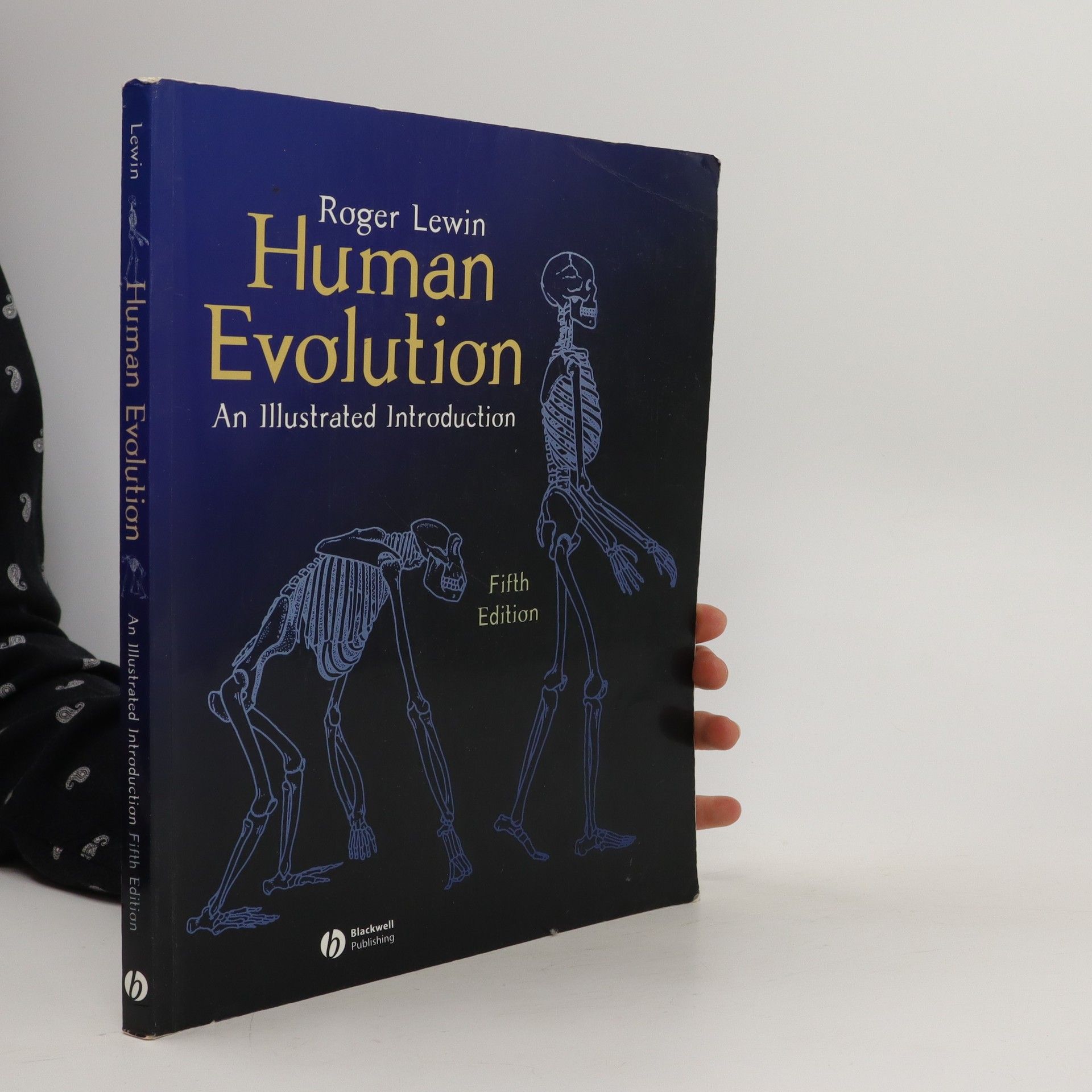


- 2005
- 2001
Weaving Complexity and Business
- 356 pages
- 13 hours of reading
Weaving Complexity and Business brings business people a new way of thinking about and working in the new economy, one that draws on the new science of complexity, which recognizes that business organizations are complex adaptive systems, in which people are crucial but unpredictable factors in their development. It offers managers and companies a deeper understanding of the organizational dynamics of today’s fast-paced/changing business environment both within companies and among them. Moreover, the book outlines a new theory of business that places human-oriented management practices under a theoretical umbrella of complexity science. The book also contains detailed case studies of successful UK and US companies that have embraced the principles of complexity science.
- 2001
Complexity
- 256 pages
- 9 hours of reading
Complexity theory is destined to be the dominant scientific trend of the last decade. But what is it? It is the unifying theory which states that at the root of all complex systems lie a few simple rules. This revolutionary technique can explain any kind of complex system - multinational corporations, or mass extinctions, or ecosystems such as rainforests, or human consciousness. All are built on the same few rules. In Roger Lewin's immensely readable study the leading Complexity theorists tell the story in their own words. None of the sciences can ever be the same again.
- 1998
Die molekulare Uhr der Evolution
- 243 pages
- 9 hours of reading
Roger Lewin Die molekulare Uhr der Evolution Gene und Stammbäume Die Evolutionsbiologie ist in den letzten Jahren durch molekulargenetische Ansätze geradezu revolutioniert worden. Roger Lewin beschreibt in seinem faszinierenden Buch die Entstehung und Entwicklung des noch jungen Gebiets der molekularen Evolution. Die leistungsfähigen genetischen Werkzeuge sind inzwischen auch bei der Untersuchung der Evolution des Menschen mit Erfolg angewandt worden. Die Bandbreite ihres Einsatzes ist enorm - die Verhaltensforschung profitiert von ihnen ebenso wie der Naturschutz. Und in die Schlagzeilen geraten ist die Isolierung und Analyse alter DNA in den letzten Jahren ebenfalls mehr als einmal: ob es nun um die genetische Untersuchung ägyptischer Mumien, um „Ötzi“, den Gletschermann aus der Bronzezeit oder um die Gewinnung von 95 Millionen Jahre alter Insekten-DNA aus Bernsteineinschlüssen ging. Dieses Buch führt den Leser - auf einer molekularen Schiene - auf eine spannende Reise durch die Evolutionsgeschichte des Lebens und ihre Erforschung. ca. 245 S., 101 Abb., geb. DM 68,-/öS 497,-/sFr 62,- ISBN 3-8274-0222-0 Ersch.-Termin: Mai 1998 STO: Bibliothek Der Autor: Roger Lewin gehört zu den bekanntesten Wissenschaftspublizisten und Sachbuchautoren des letzten Jahrzehnts. Von ihm erschienen bei Spektrum Akademischer Verlag Spuren der Menschwerdung und Die Herkunft des Menschen.
- 1995
There have been five great extinctions in the long history of life on earth, the most recent 65 million years ago, when all dinosaur species perished in an astonishingly brief period of time. Each of these great extinctions was unimaginably catastrophic - at least 65 percent of all species living vanished in a geological instant; in the Permian extinction, nearly 95 percent of all species were obliterated. The agency for these extinctions, the why, is hotly debated - sudden climate change, asteroids, evolutionary inadequacy - but the patterns are remarkably consistent. Now, as Leakey and Lewin show with inarguable logic based on irrefutable scientific evidence, the sixth great extinction is underway. And this time the cause is beyond dispute: By the lowest estimate, thirty thousand species are wiped out by human agency every year - a rate that matches the patterns of the other five great extinctions with frightening exactitude
- 1995
- 1994
Kanzi
- 299 pages
- 11 hours of reading
"Kanzi offers any number of crucial insights into the workings of the mind."––The New York Times Book ReviewThe remarkable story of the "talking" ape who is proving animals can think Though he cannot physically speak, Kanzi understands an impressive amount of spoken English and communicates by punching symbols on a special keyboard. This book tells Kanzi's incredible story and explores its intriguing ramifications. SUE SAVAGE-RUMBAUGH (Decatur, Georgia) is one of the world's leading ape-language researchers. ROGER LEWIN (Cambridge, Massachusetts) is the author of 12 books, including co-authorship of the best-selling Origins with Richard Leakey.
- 1993
- 1992
Spuren der Menschwerdung
- 175 pages
- 7 hours of reading
- 1984
Podtitul: Člověk, jeho počátky, jeho povaha a budoucnost. Populárně naučná kniha je věnovaná počátkům lidského rodu na základě nálezů u jezera Turkana v Keni. Pokus o rekonstrukci života našich dávných předků. Lov, organizace jejich společnosti, základy řeči, výroba nástrojů.


